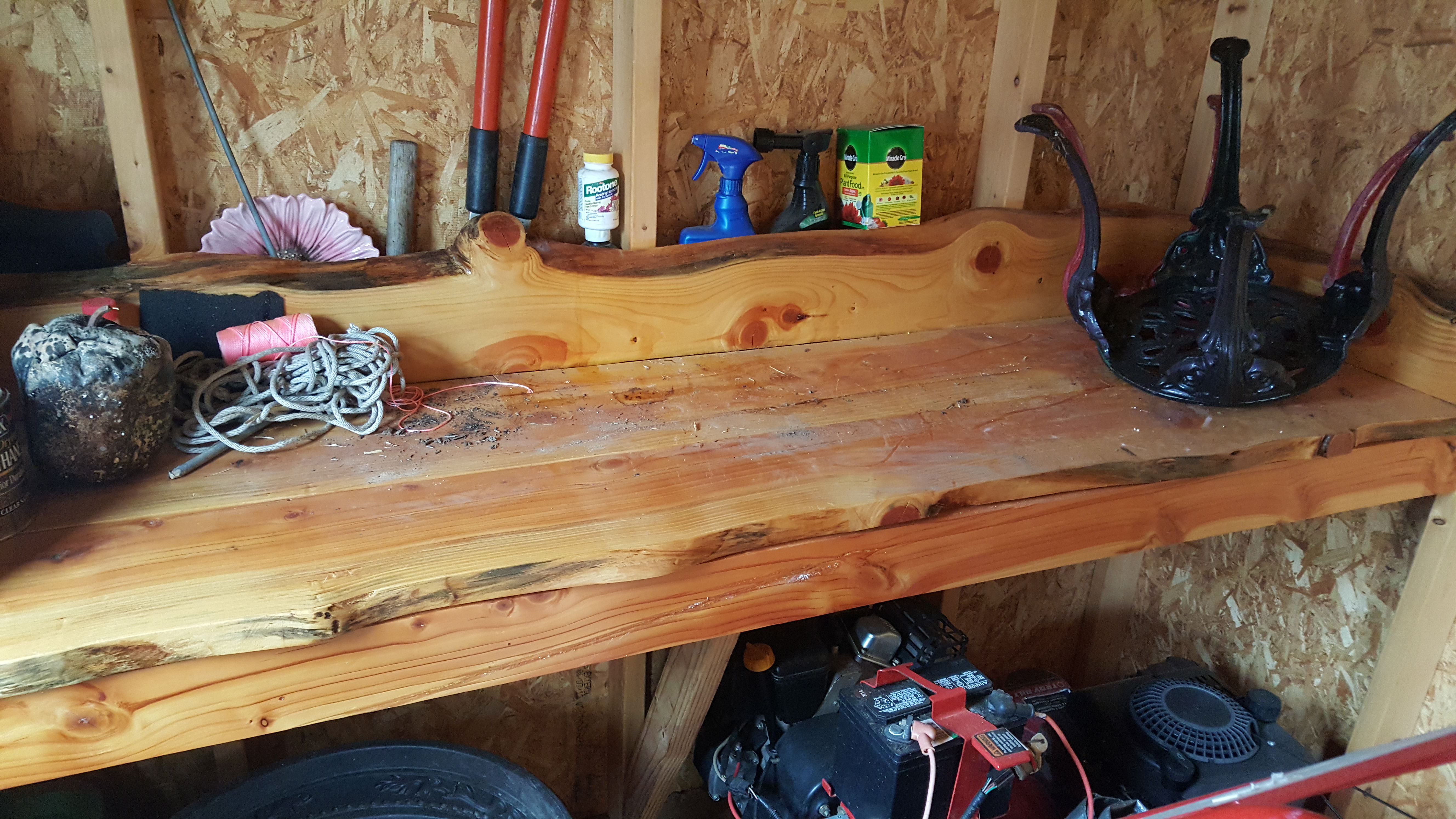junglesteader
ArboristSite Lurker
is building with green lumber more sustainable than seasoned lumber? thats a joke.
ive got a catch 22, my lady says i should build an out building for seasoning my wood before i buy the mill. i think i should buy the mill so i can make some lumber to build the out building .
any thoughts on building green? im sure it has mostly to do with the wood being used, it will be mostly java plum and guava. i know of one way to find out. but asking you guys is less work.
i got the bug already and dont even have the mill yet, ive been milling in my sleep.
ive got a catch 22, my lady says i should build an out building for seasoning my wood before i buy the mill. i think i should buy the mill so i can make some lumber to build the out building .
any thoughts on building green? im sure it has mostly to do with the wood being used, it will be mostly java plum and guava. i know of one way to find out. but asking you guys is less work.
i got the bug already and dont even have the mill yet, ive been milling in my sleep.



























































